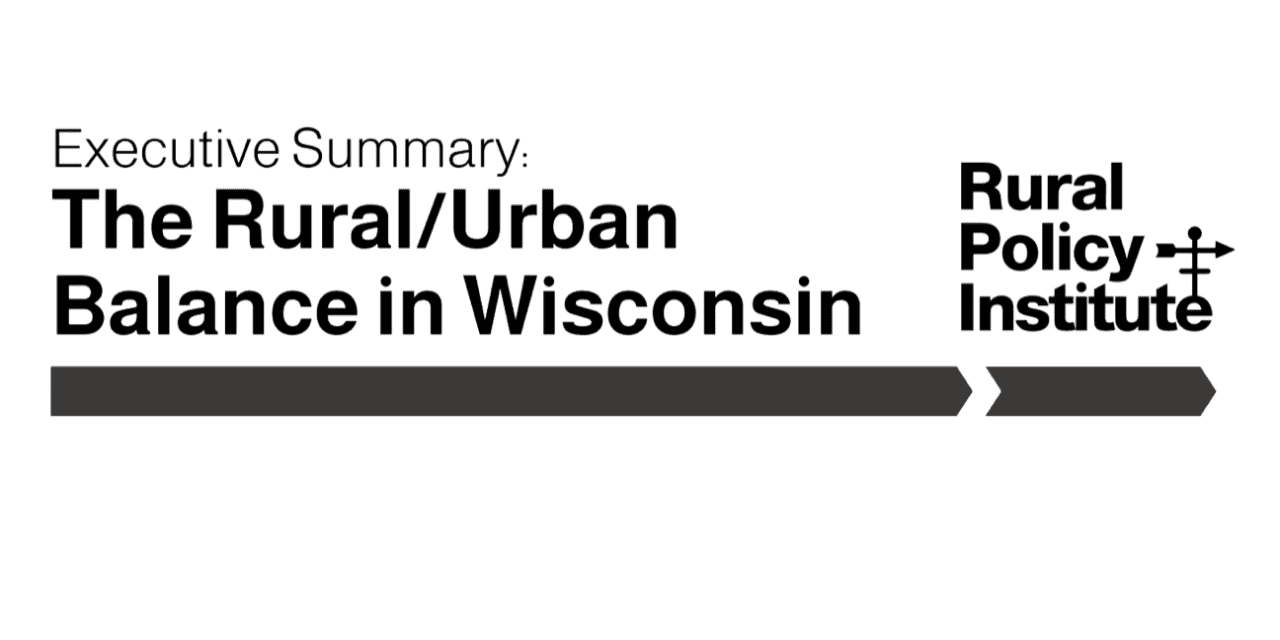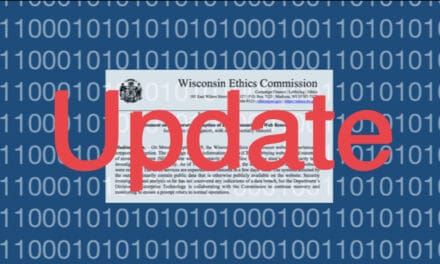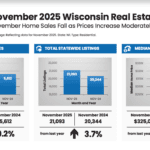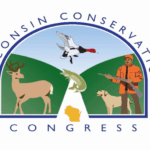The Rural Policy Institute (RPI) announces the release of the executive summary of a forthcoming report, “Rural-Urban Balance in Wisconsin,” which reveals how Wisconsin remains a very rural state.
This study marks the first use of a quantitative measure to define areas of the state as rural, rural adjacent, suburban, or urban. The study also highlights recent growth in rural populations. Currently, Wisconsin’s population is 41% Rural or Rural Adjacent, 19% Suburban, and 40% Urban.
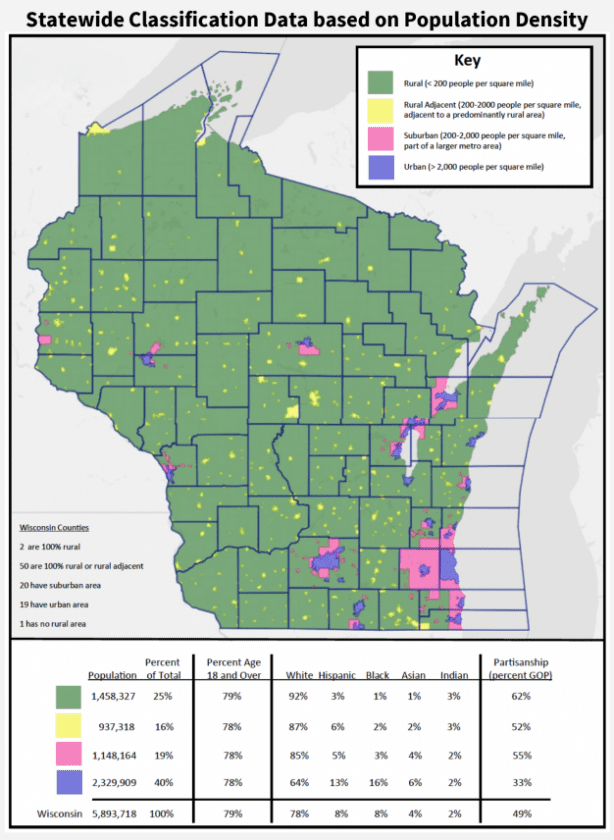
“As legislators begin their new terms, it’s essential they recognize that Wisconsin is a largely rural state, and policymakers on both sides of the aisle must understand the significant presence of rural areas in their districts,” said Bob Welch, Executive Director of the Rural Policy Institute. “This summary previews a broader conversation about ensuring rural voices are heard and represented effectively in state policy.”
The Institute says its mission is “to empower rural communities across the state by supporting rigorous research, fostering informed dialogue, and educating policy-makers about solutions that drive generational growth and prosperity in our rural areas.”
The study also points out that under the new legislative maps there are a greater number of districts with significant rural influence, providing rural communities with potentially increased representation from both political parties.
The RPI proclaims, “We are committed to addressing the unique challenges and opportunities that our rural regions face, ensuring that they are heard, understood, and well-supported in the policy-making process.”
Their full report will be published later this year.
RPI indicates the report will examine how rural areas have grown in recent years and how the rural-urban balance has shifted under the new legislative maps.

